THE DUTCH EAST INDIES: SOUTH PACIFIC ISLANDS
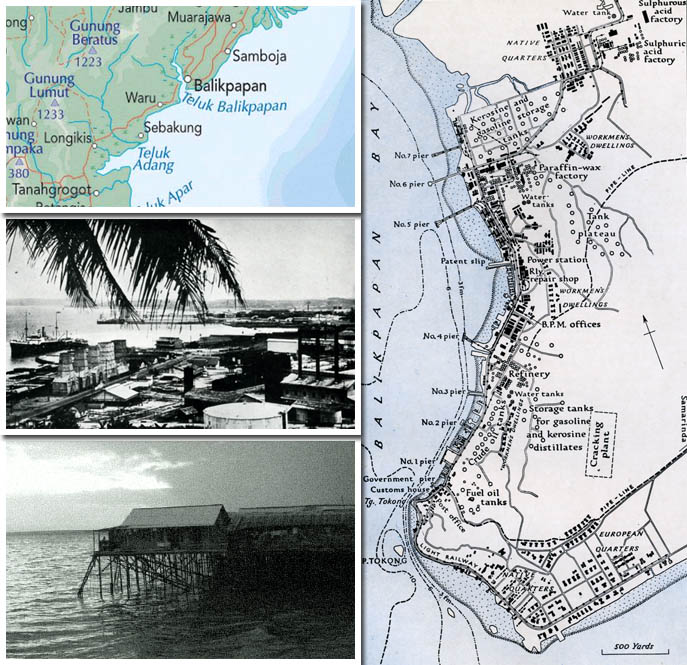
|
After Shanghai the Steel Worker headed south to Balikpapan, Netherlands East Indies, an oil town on the east
coast of the island of Borneo. Once in Balikpapan the bad feelings
aboard ship continued, worsened by the heat and the fact that they still had a long voyage ahead of them.
“Once at the Dutch Club, a very nice place in Balikpapan, Borneo, some of the crew got the steward ashore and
were going to kill him. Not one of the officers made a move to help, but I talked them out of it, partly because
the place was too nice for such activity, and partly because I felt sorry for the poor guy. After that he did feed
us an awful lot better. The Dutch Club was the only place in town where you could get a cold beer.” |
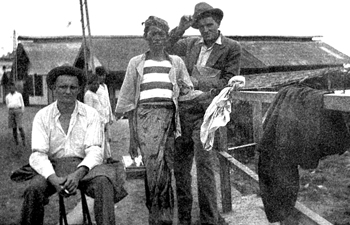 Then they were on to Soerabya, on Java; Batavia, on Sumatra, and the British colony of Singapore. In Singapore
Louis got ashore long enough to hang out at the Maypole Bar near the waterfront and to walk to the book store of
Muhammed Dulfakir on the corner of High Street to buy a copy of Kipling’s “Departmental Ditties.” Then they were on to Soerabya, on Java; Batavia, on Sumatra, and the British colony of Singapore. In Singapore
Louis got ashore long enough to hang out at the Maypole Bar near the waterfront and to walk to the book store of
Muhammed Dulfakir on the corner of High Street to buy a copy of Kipling’s “Departmental Ditties.”
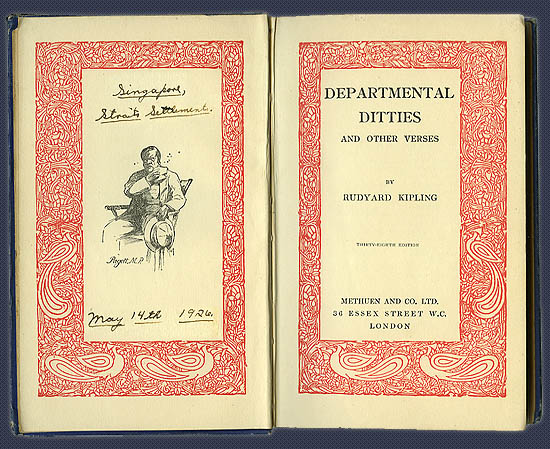
Belawan, the sea port for Medan on Sumatra seems to have been an unscheduled stop but in another book store
there . . .
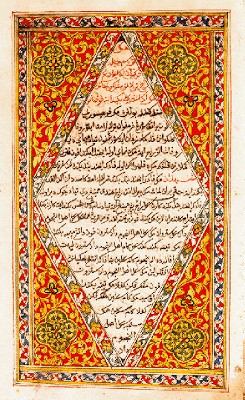
Like any literary work of the medieval age, the Sejarah Melauy has its downright boring moments - the endless genealogies of rulers, every girl must be of peerless beauty, no army or fleet numbers less than "the thousands past counting".... But, on the other hand, the sheer narrative power is electric in many passages. It is most brilliant when the author admires the cunning (cherdek) of the peoples of the peninsula - time after time, the "men of Melaka" are just too clever for the foreigner and there is sheer artistry, wit and humour when the author has his gentle digs at the foreigner (gunting makan di-hujung!). Tales abound of the Melaka men (and women) outwitting, outflanking and befuddling all and sundry - from the Emperor of China to the largest Siamese fleets.
|
“I first heard of the Sejarah Melayu, otherwise the MALAY ANNALS. The book store was small, with limited
facilities, but a curious cross-section of the flimsy, popular magazines and the intellectual. I asked about a
story of the area, and the clerk seemed either not to understand or did not wish to reveal his ignorance, but a
very tall, very thin man with very black aquiline features mentioned the Sejarah Melayu. He also assured me it was
difficult to obtain. A few minutes of discussion found us in a coffee house where we spent the afternoon. The
young man was something of a scholar, a Moslem, but one of wide-ranging interests, and he was as I was, lonely for
talk of books, writers, and ideas. He had attempted school in India and later in Singapore, and now held some sort
of government job in Sumatra, but he was a young man of ideas isolated from others of his kind. He spoke excellent
English with a peculiar accent and he explained about the SEJARAH MELAYU. It was a sort of history, a book that
had grown from a king list, probably by adding actual historical fact along with folk tales known of the various
kings, maharajahs, sultans, etc. beginning with the installation of Seri Turi Buana, said to be a descendant of
Alexander the Great, in 1179. . . . The following day I had to return to my duties aboard ship, my brief leave
being over. There followed some hours of chipping rust, spotting it with red lead and then repainting with the
ship's colors. I managed to get ashore one more time, in the evening, and was taken to my friend's home where he
showed me, proudly his small collection of European books. It was then I discovered that he read German and French
as well as English. We dined there quietly, with his family about, seemingly charmed and somewhat awed by their
strange visitor. They all seemed cut from the same mold, slender, dark people with large, slow moving eyes and
gentle voices.”
From there they crossed the strait to the Malay side, visiting Penang and making the slow journey up river to
Port Swettenham near Kuala Lumpur. Soon they would be heading west, bound for Arabia and Egypt.
(MAP)
Before leaving the Far East there is one last story to be mentioned, “The Dancing Kate.” It is an odd
combination of elements, sliding back and forth between the anti-heroic style of Louis’s “personal adventure” or
literary fiction and the more heroic hyper-realism of the pulps … it bridges the two worlds in some other ways as
well. First of all, it’s locations are set far to the east, off the west coast of New Guinea in an area where it
is not known when Louis may have visited. The request of a dying man to transport some money to his daughter
causes a character, very much like one of Louis’ various alter egos, to miss his ship and need to attempt an ocean crossing
from Bugoiya Harbor to Woodlark island in order to get back with his crew.
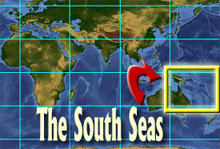
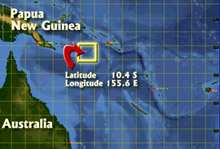

A storm blows him east onto Pocklington Reef, a place that Louis would use as a location in another
story (the only remaining piece of which can be found at Louis L'Amour's Lost Treasures) and a very obscure location for a writer in land-locked Oklahoma to use. Ultimately, he is saved by a crew
of near-pirates and must fight himself free. The story also contains a character, much mentioned by Louis at
various times as a real man … Captain Douglas, who according to Louis ran a trading schooner through much of the
East Indies and who Louis worked for as a second mate and book keeper. It’s one of the few times a supposedly
real, yet not historical, character appears in Louis’s fiction.

|



